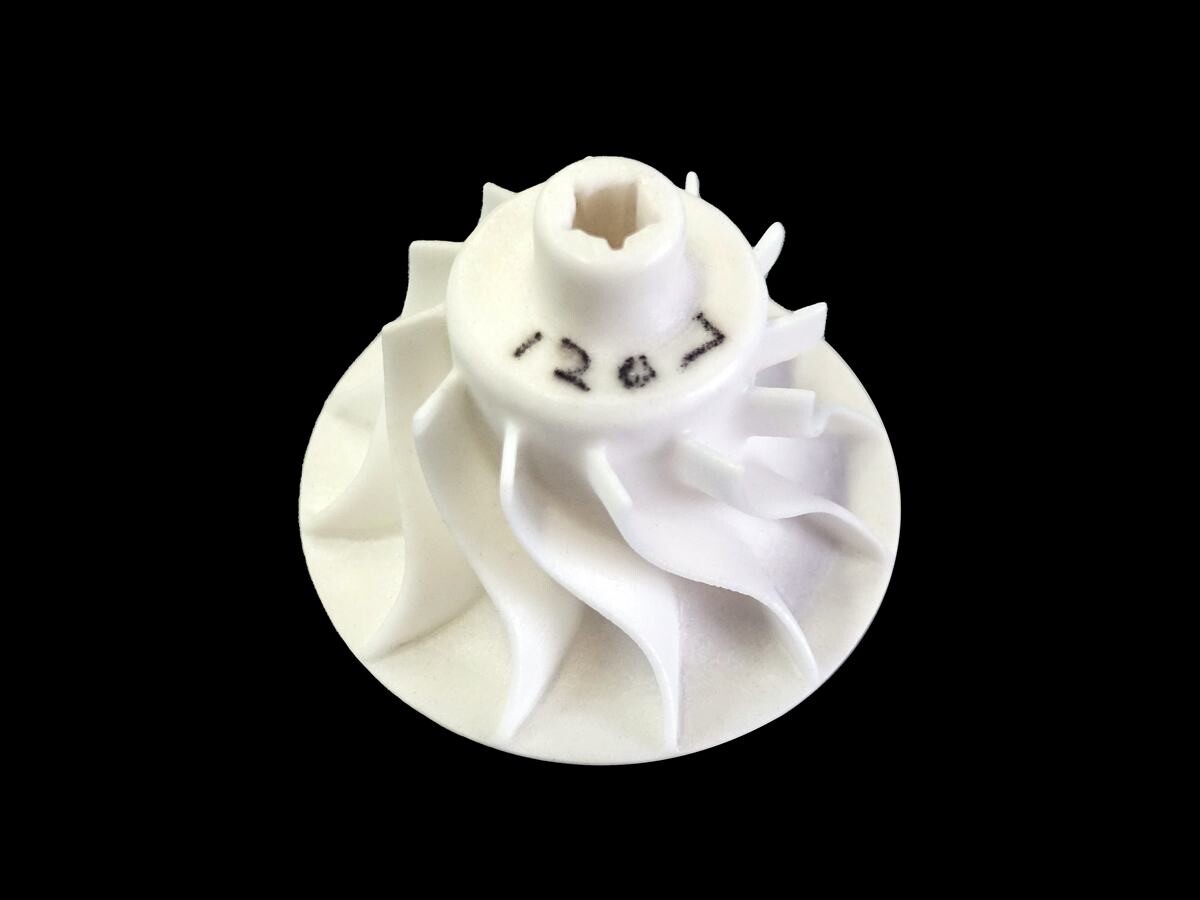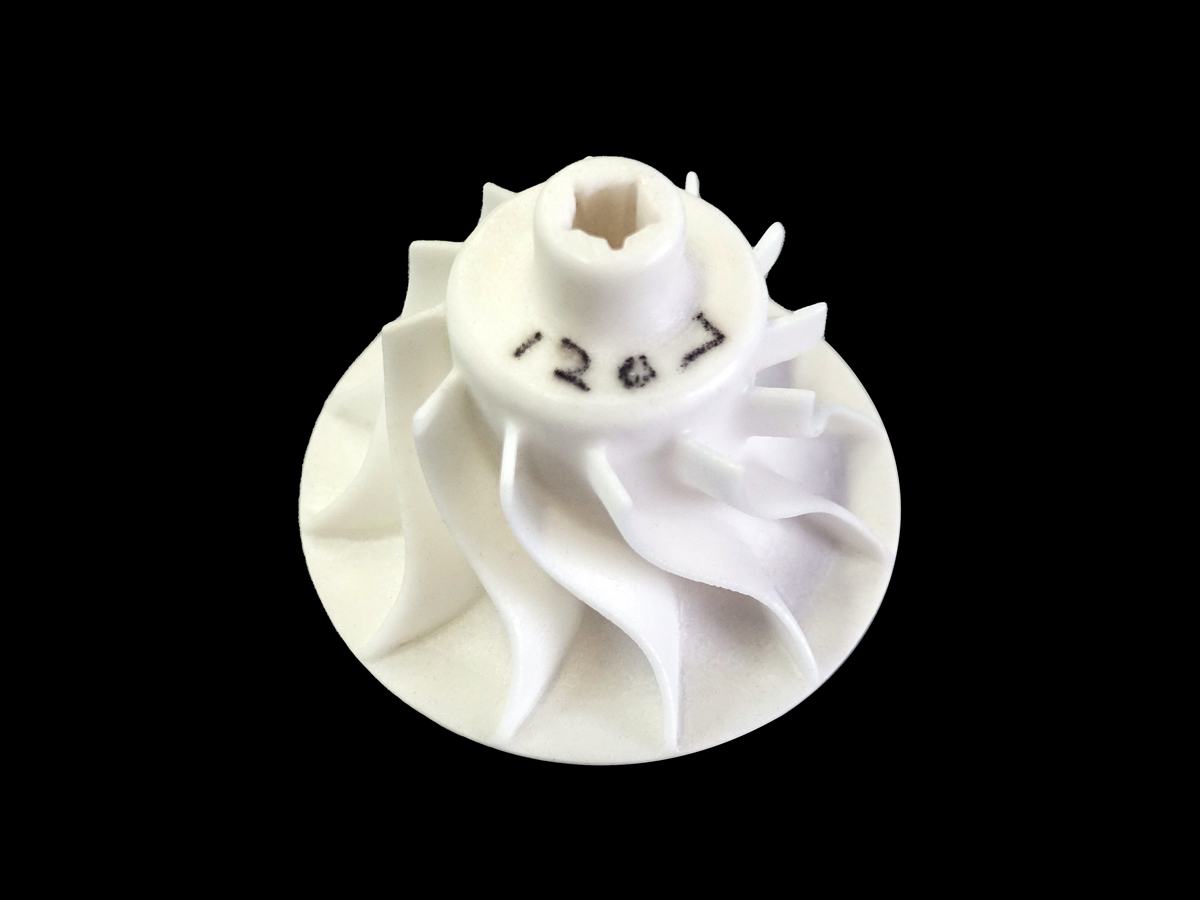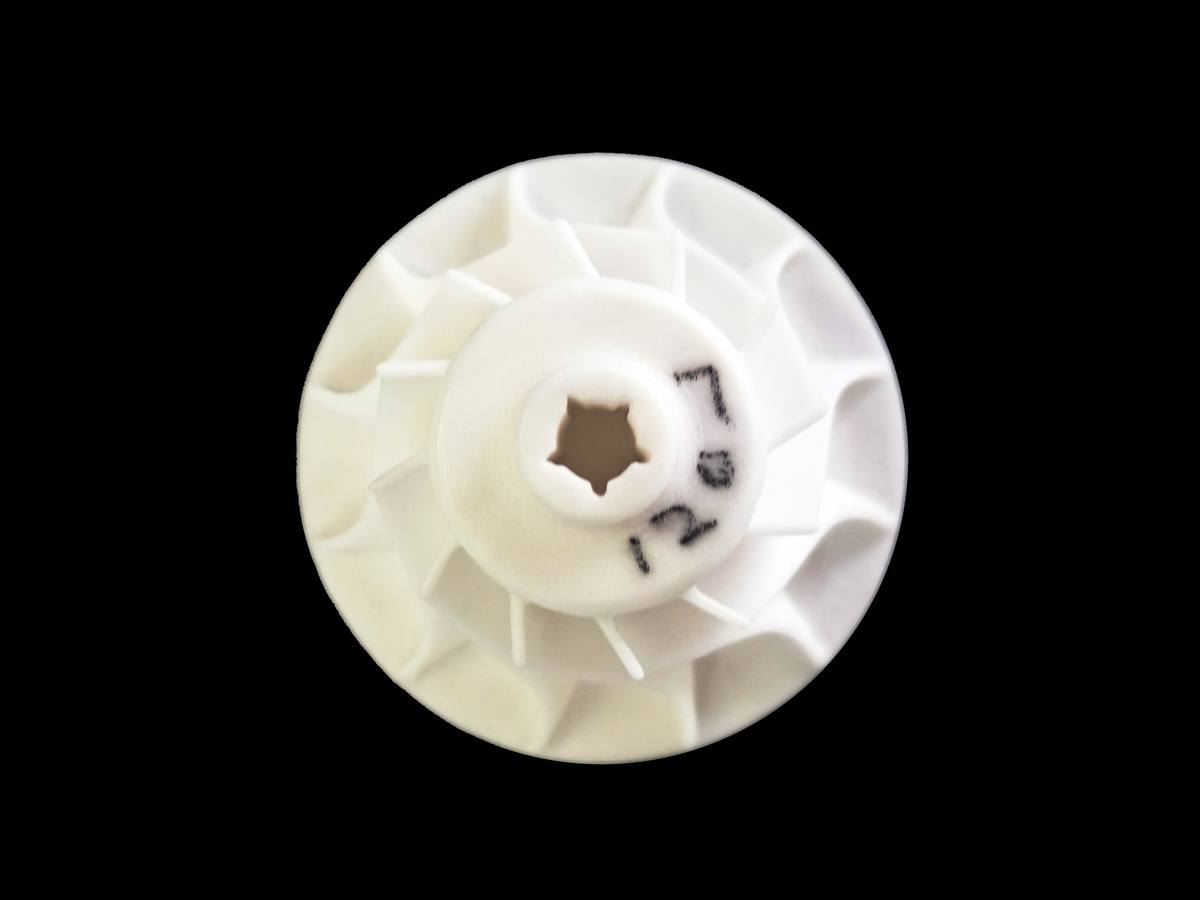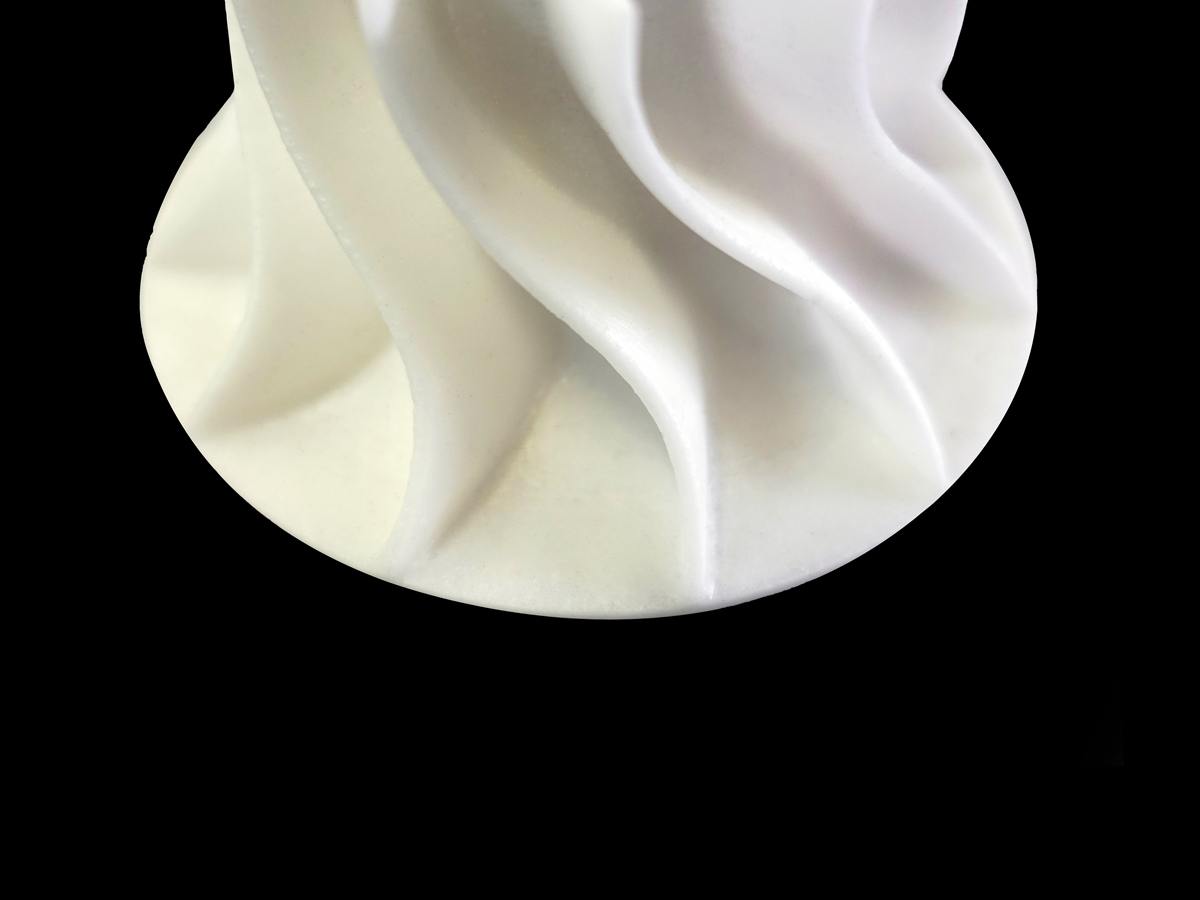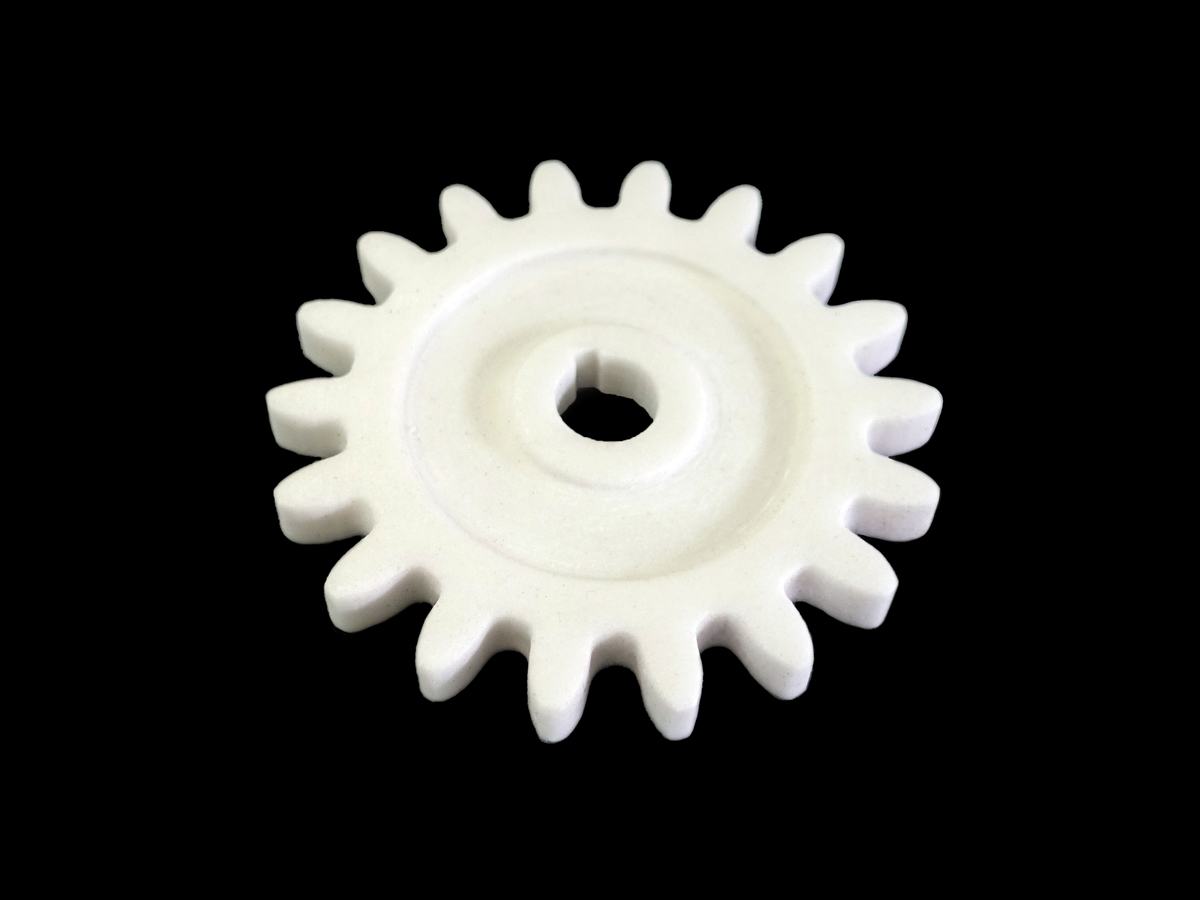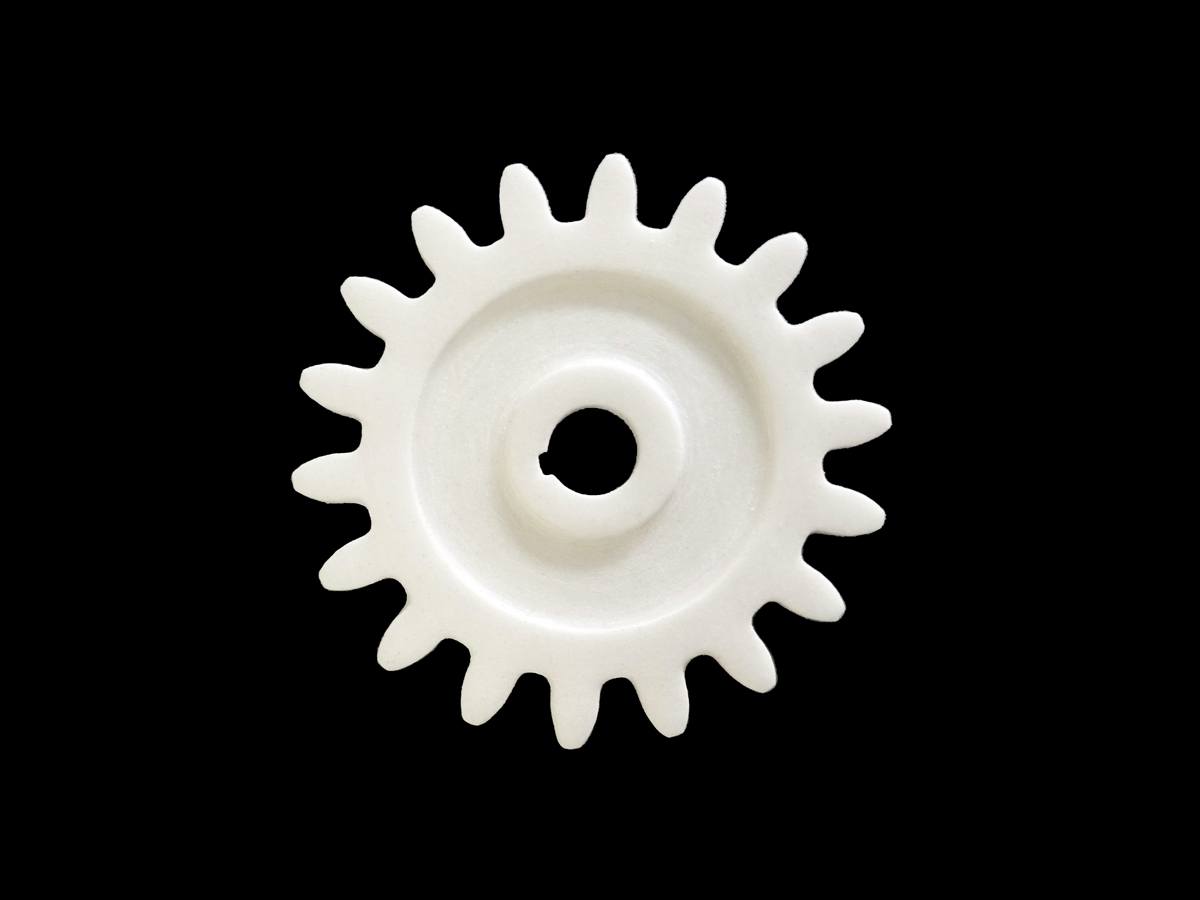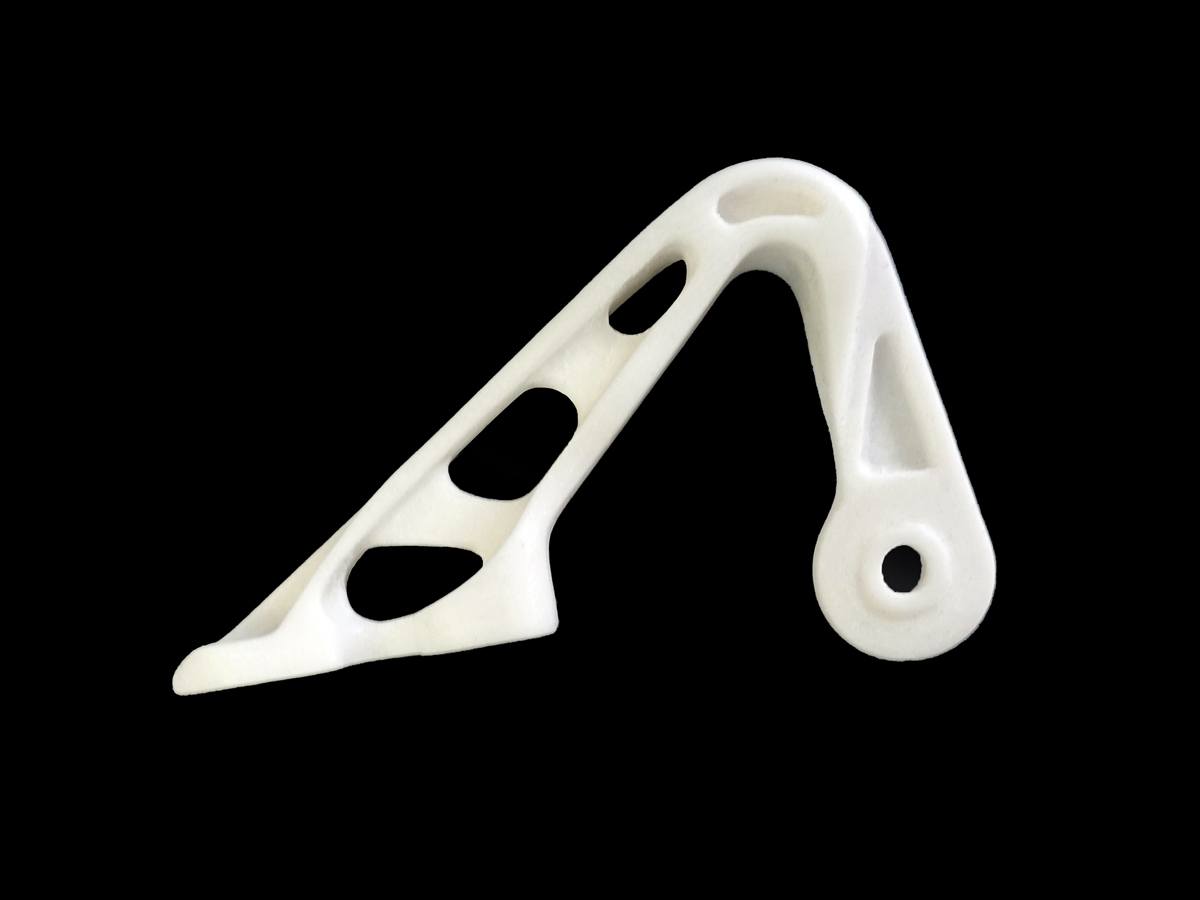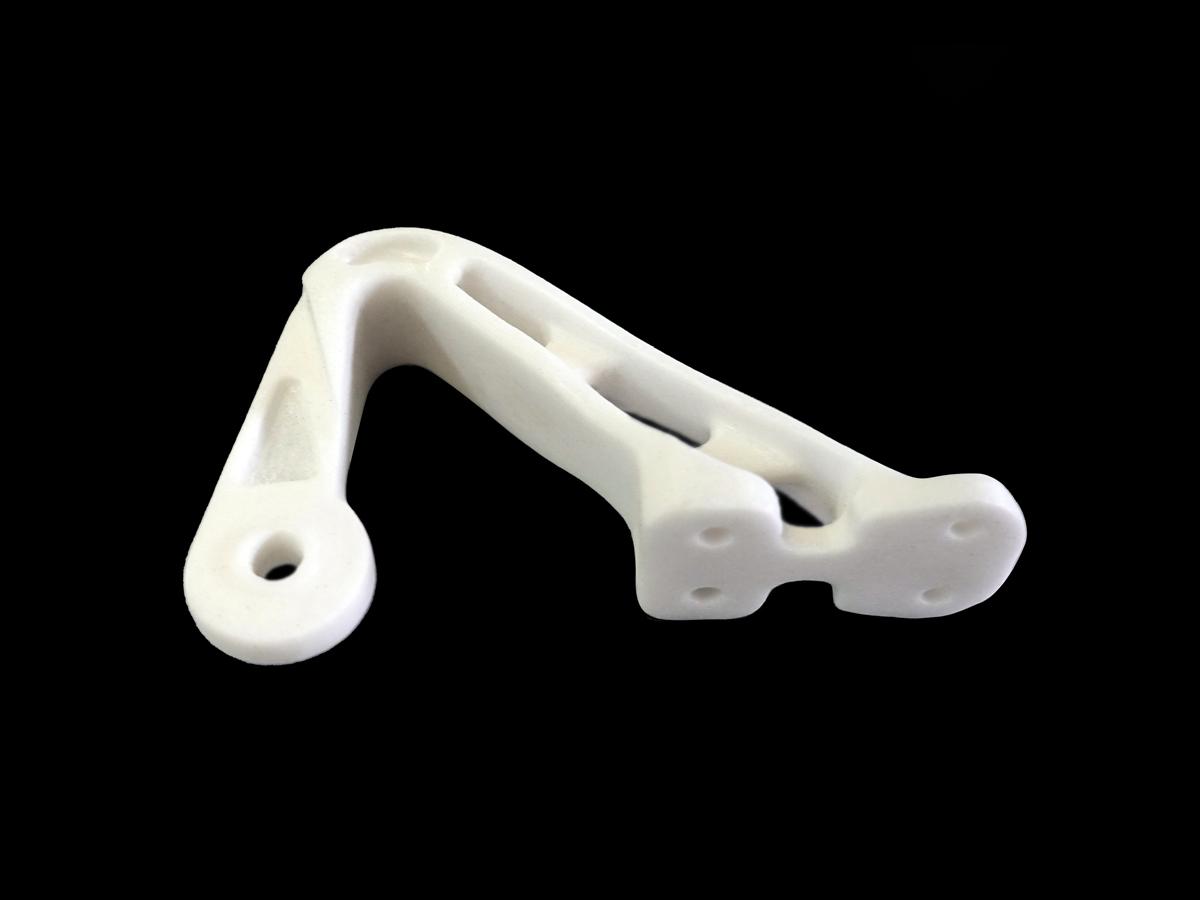SLS Castable Polystyrene (PS)Polystyrene PSB This foamed white, amorphous or semi-crystalline thermoplastic has medium hardness and low impact resistance. 3D-printed parts made from PS are used to make master models for vacuum, plaster and ceramic shell castings. Max Build Size Min Build Size 50 x 50 x 50 mm Default Layer Height 0.2 mm Optional Layer Heights 0.2 mm Tolerance ┬▒0.3% (with a lower limit of ┬▒0.3 mm) Up to 100 Ōäā Smooth ŌśģŌśģŌśģŌśģ Detail ŌśģŌśģ Accuracy ŌśģŌśģŌśģŌśģ Rigidity ŌśģŌśģŌśģ Flexibility Ōśģ Available ColorsWhite
Available Post ProcessSuitable For Cases, holders, adapters, Not Suitable For Complex designs with intricate details, Additional InfoParts printed with PS are quite fragile, please handle with care, FacFox also provides investment casting service, if you need the final casted parts, you can directly request a casting service to avoid the risk of damage during shipment.
Feature
3D PrinterMaterial Spec Sheet
Laser sintering is used to build your design with this material. The models are printed layer by layer by a laser that draws thin lines in the powder, which melts and bonds it together in order to form a thin layer of the model. After a layer is printed, a new layer of fresh powder is spread over the surface by a roller. The printer has a print chamber that is heated to just below the melting point of the powder; the laser beam adds the extra energy to melt the powder, forming a solid model. After a print job is finished, the result is a big block of heated powder with the printed models contained inside.
|
